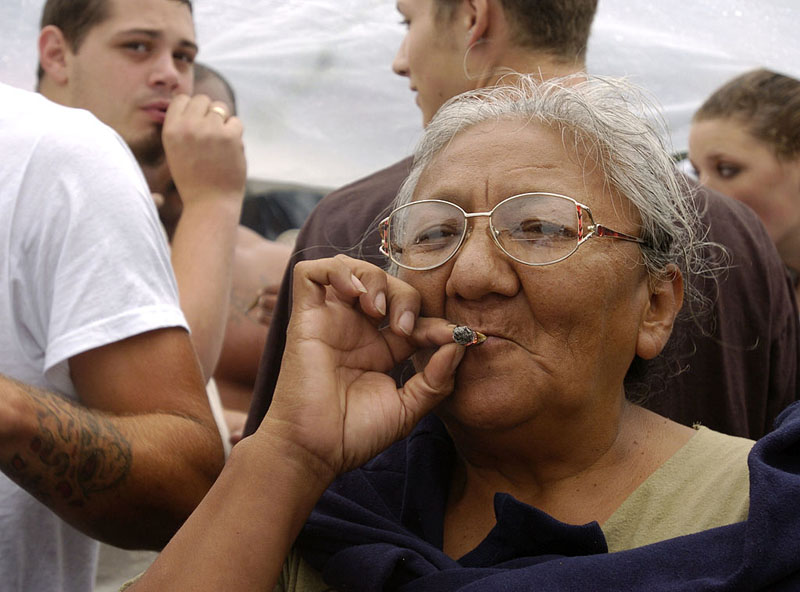Canadians over 65 showed the most growth in cannabis use after legalization, a study released Wednesday by Statistics Canada shows.

Older Canadians were less likely to use cannabis overall — seven per cent compared to 25 per cent of those ages 25 to 44.
They were also more likely to use for medical reasons as opposed to recreational reasons — over half said they used only for medical reasons — less likely to use daily or almost daily and more likely to buy only from legal sources.
Seniors who use cannabis are much more likely to have started since legalization, StatCan’s National Cannabis Survey shows. Of users over 65, more than a quarter are new users, as opposed to 10 per cent of those aged 25 to 44.
A similar study in the summer showed that middle-aged or older cannabis users were more likely to have started since legalization.

At that time, Jenna Valleriani, executive director of Hope for Health Canada, suggested that people who are old enough to remember a harsher phase of prohibition were more reluctant to try illegal cannabis than the generations younger than them.
“For a lot of folks in that demographic, the illegal status often kept them away from cannabis,” she said. “Folks who are middle-aged, under an illegal framework, perhaps wouldn’t know where to access from.”
Before legalization, Global News spoke to a geriatric medicine professor who predicted that use among the elderly would increase in the legal market, if only because older people are less likely to have grey-market contacts.

“For many seniors, being able to go to the shop will make a huge difference versus having to look for somebody that knows where to get it,” said Christopher Frank of the Queen’s University medical school.
However, he said the elderly and their doctors should be “cautious” about cannabis, citing the danger of confusion, falls and conflicts with other medications.
Earlier this year, a Saint John, N.B., doctor published an article in which she described a heart attack a 70-year-old patient of hers suffered after eating an edible bought from a grey-market source that was far stronger than he expected.

Other things we learned from the National Cannabis Survey:
- Nova Scotia had Canada’s highest rate of cannabis use, at almost a third of the population. Quebec had the lowest, at 11.5 per cent.
- About eight per cent of cannabis users, or 410,000 people nationwide, said at least part of their consumption was from home-grown weed.


Comments